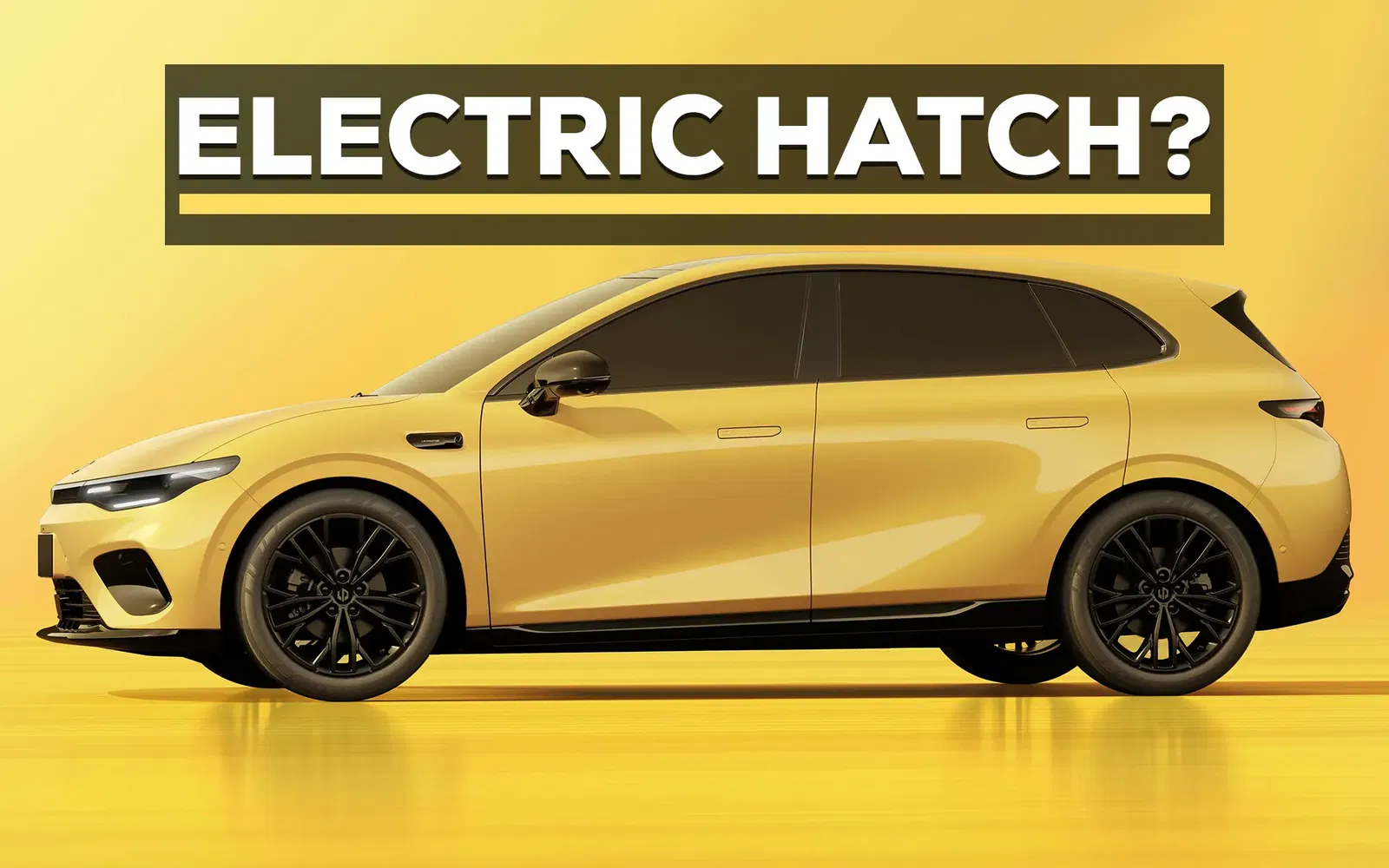
An investigation by CarSauce has revealed dozens of new cars will become more expensive from Tuesday 1 July 2025, thanks to a revision to the Luxury Car Tax.
The Australian Taxation Office will soon be implementing a change to the definition of a ‘fuel-efficient car’, dropping the taxable threshold from $91,387 to $80,567 for vehicles with fuel-economy ratings of more than 3.5 litres per 100 kilometres.
Prior to 1 July 2025, fuel-efficient cars included those with ratings of 7.0L/100km or less.

The Luxury Car Tax (LCT) applies a 33 per cent levy on every dollar above the threshold.
According to several reports from The Australian newspaper, the Federal Government is considering phasing out the LCT, using the abolition of the tax as part of negotiations with the European Union on a new free-trade deal.
However, for the time being, Australian new-car buyers will see prices jump for dozens of new models.

For example, popular family vehicles such as the Toyota Kluger Grande eFour and Mazda CX-90 D50e Azami will have thousands of dollars of Luxury Car Tax added in the new financial year.
Theoretically, a buyer purchasing a vehicle with a fuel-consumption rating of 5.0L/100km costing $100,000 will have paid an additional $2583.90 in LCT on top of the car’s price.
From 1 July 2025, that figure will increase to $5829.90.

While the two LCT thresholds – the higher threshold applied to fuel-efficient cars, and the lower threshold for all other cars – have increased in recent years based on inflation figures, the forthcoming Financial Year 2025-26 will be the first time both figures have been frozen by the ATO.
Yet with the definition of a ‘fuel-efficient car’ soon changing under the ATO’s guidelines, it’s estimated 13 car companies – and potentially up to 53 models – will be affected, adding significant revenue to government coffers.
FAQ
Sign up to our newsletter
Be the first to know when we drop new car reviews.
.avif)




